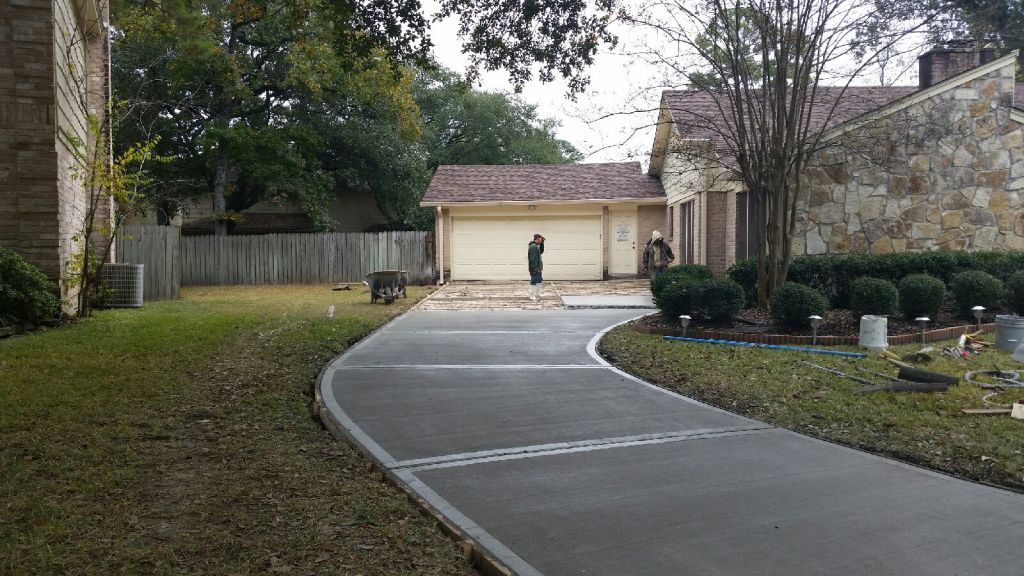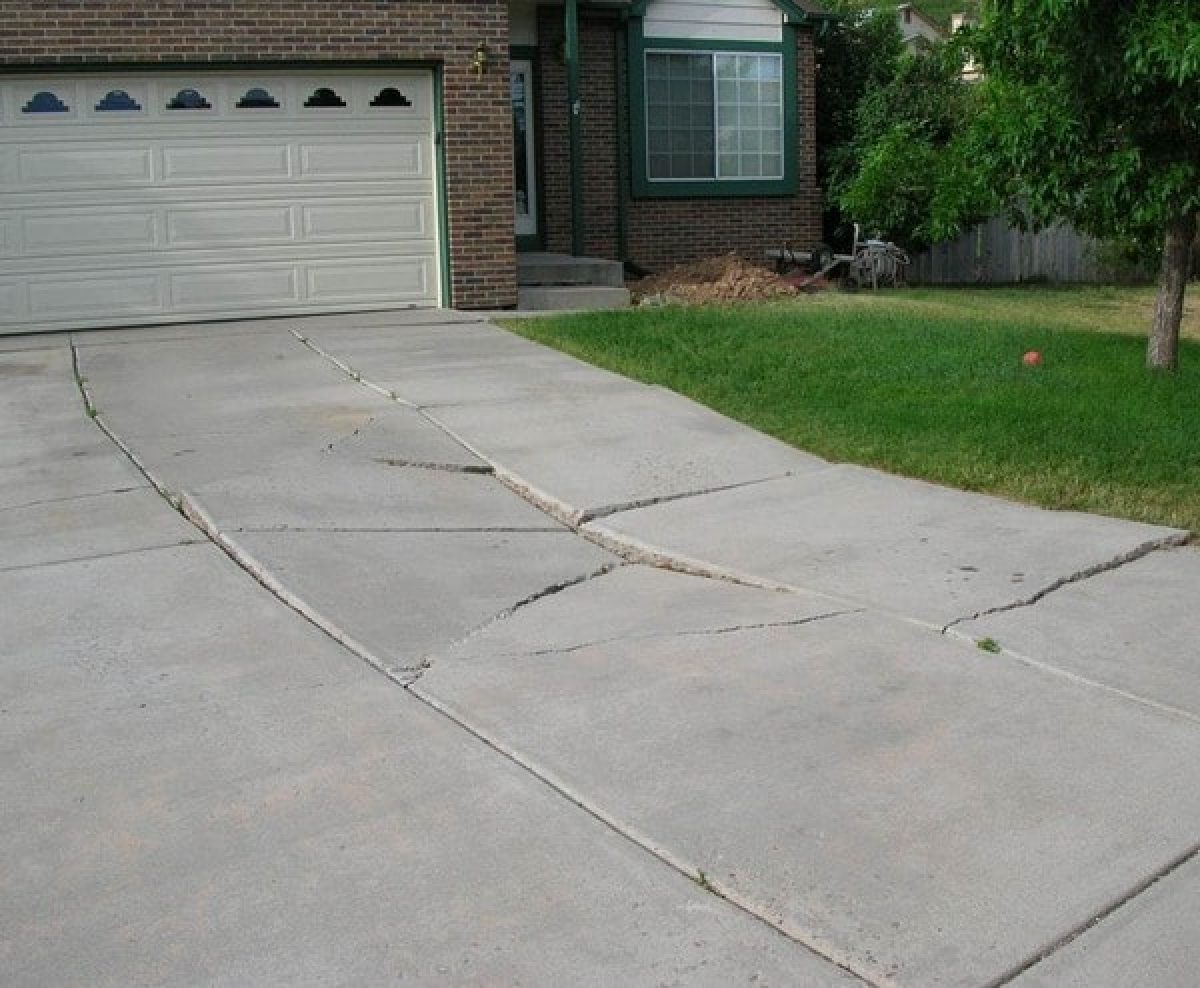Your Dependable Choice: Concrete Contractor Guarantees High Quality Craftsmanship
Your Dependable Choice: Concrete Contractor Guarantees High Quality Craftsmanship
Blog Article
The Environmentally Friendly Option: Concrete Sidewalks for Your Community
Selecting concrete for your community pathways can make a substantial distinction in terms of sustainability and eco-friendliness. Let's check out why concrete walkways could be the eco-friendly option your neighborhood requires.
Advantages of Concrete Sidewalks
When taking into consideration the installation of sidewalks in a community, the benefits of picking concrete over other materials are many and substantial. Concrete walkways offer toughness, withstanding heavy foot web traffic, weather fluctuations, and environmental elements better than different products like asphalt or gravel.

Durability and Durability
Just how can concrete sidewalks exceed various other materials in terms of longevity and longevity? Concrete walkways are renowned for their extraordinary longevity and longevity contrasted to different materials like asphalt or pavers. The intrinsic toughness of concrete makes it highly resistant to fracturing, shifting, and general deterioration created by foot traffic, weather condition variations, and other environmental aspects. Unlike asphalt, which can soften in heats and crack in freezing problems, concrete keeps its structural stability, calling for very little upkeep over time.
Additionally, concrete's longevity decreases the demand for frequent repair work or replacements, making it a lasting and cost-effective choice for community pathways. By spending in concrete pathways, communities can appreciate a lasting and trustworthy framework that boosts the overall aesthetic appeal and performance of the location.
Reduced Upkeep Demands
Concrete walkways stand out for their minimal maintenance needs due to their long lasting nature and durable performance. Unlike alternative materials that may call for frequent repairs or replacements, concrete walkways use a cost-effective service that requires little maintenance over time.
Regular upkeep for concrete sidewalks usually includes straightforward jobs such as regular cleaning to remove debris and occasional sealing to protect the surface. In comparison to materials like asphalt or pavers that might move, fracture, or break down even more quickly, concrete walkways preserve their structural integrity with minimal intervention. Additionally, any repairs that may be required are generally localized and can be addressed promptly, lowering both the moment and price related to upkeep.

Ecological Benefits
With a focus on sustainability check and eco-friendliness, concrete walkways offer remarkable environmental benefits that contribute to a greener neighborhood facilities. Additionally, concrete pathways have a high solar reflectance index, implying they mirror a considerable quantity of sunlight rather of absorbing and preserving warm.
In addition, concrete is a porous product that permits water to infiltrate into the ground, lowering stormwater runoff and aiding in groundwater recharge. This assists prevent erosion, lessen flooding, and maintain the natural equilibrium of water supply in the neighborhood. By selecting concrete pathways, communities can make a sustainable selection that positively affects the setting and improves the high quality of life for locals.
Enhancing Community Sustainability
By focusing on sustainable facilities options, areas can cultivate an unified equilibrium between get redirected here environmental awareness and community advancement. Enhancing area sustainability involves a diverse approach that goes past simply the ecological benefits of concrete walkways. Executing eco-friendly areas, promoting energy-efficient practices, and fostering a feeling of community involvement are essential components of creating a sustainable area.
One means to boost community sustainability is with the combination of permeable concrete sidewalks. These sidewalks permit rain to leak into the ground, decreasing stormwater drainage and decreasing the stress on local drain systems. Concrete Contractor. By including absorptive walkways, neighborhoods can improve water quality, lower flooding threats, and improve overall environmental strength
Moreover, promoting alternative transport techniques such as strolling and biking can substantially decrease carbon exhausts and promote a much healthier way of life amongst locals. Developing risk-free pedestrian paths, bike lanes, and designated greenways can urge residents to count less on autos, additionally adding to the community's sustainability objectives.
Conclusion
In final thought, concrete pathways provide countless benefits for communities, including toughness, low upkeep needs, and environmental benefits. By picking concrete walkways, areas can enhance their sustainability and add to an extra environment-friendly environment. informative post It is clear that concrete walkways are the excellent selection for communities wanting to boost their facilities in a long-lasting and eco-friendly fashion.
When taking into consideration the installment of pathways in an area, the benefits of selecting concrete over various other materials are substantial and countless. Additionally, concrete's resilience lowers the demand for frequent repair services or substitutes, making it a lasting and affordable option for community walkways (Legendary Concrete Brentwood).With an emphasis on sustainability and eco-friendliness, concrete walkways supply remarkable ecological benefits that add to a greener community infrastructure. Enhancing community sustainability involves a multifaceted technique that goes beyond just the ecological advantages of concrete pathways.In verdict, concrete pathways provide numerous benefits for neighborhoods, including durability, low maintenance demands, and ecological advantages
Report this page